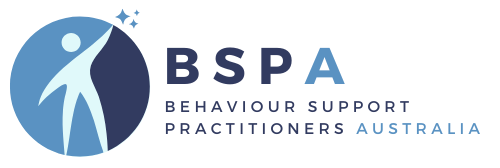Preparing images for upload
How To Optimise Images for the Event Calendar
This short tutorial aims to help you optimise your image so that is has appropriate dimensions and as small a file size as possible.
Step 1.
Know where your image is saved
Your image must be saved onto your computer and sitting somewhere in your computers file system. It doesn't matter where, as long as you know where it is.
If your image is currently attached to an email, you will need to save it into your computers file system.
We recommend having it saved on the Desktop for easy access.
Step 2.
Correct image dimensions
To check your images dimensions and file size, you can right-click on it and choose 'Properties'.
The recommended dimensions and file size for images uploaded to a BSPA calendar event are:
Width: between 600px & 900px
Height: between 350px & 600px
File size: less than 300kb
If your image dimensions are bigger than this, you can modify them in the next steps, but if they are smaller then you'll need to find another image.
Step 3.
Import image into online editor
If you are familiar with editing images in Photoshop or some other program, then simply use that program to modify the image so it is within the specifications listed in Step 2.
If not, then we recommend to use 'Photopea' which is a free full featured online image editor.
Click here to open: photopea.com
After it opens in a new browser tab, drag your image from your Desktop (or wherever you have it saved) onto the Photopea page. You can also click the "Open From Computer" link and browse through your computers file system to find and upload the image.

Step 4.
Modify image dimensions if needed
In the Photopea top menu, click Image > Canvas Size. It should open this box:

My sample is image mich taller than it is wide, so I'll reduce the height to make the image square.
In the height box, I'll enter "4128" so that it matches the width, then click OK. This has now cropped the image from the top and the bottom equally.
If the action of your image is all in the top part or bottom part of the image and you don't want to crop into that, then use the "Anchor" tool to tell the editor where to "anchor" the crop from. If you only want to crop the top part of the image, then click the bottom middle square on the Anchor before clicking OK and it will only crop the top of the image. This also works the same if you want to crop the left or right side of an image.
Step 5.
Reducing size and exporting
In the Photopea top menu, click File > Export as > WEBP. It should open this box:

Here you need to enter new dimensions, as per the recommendation in Step 2. Note that the Width and Height boxes are linked, so that when you change one, it will automatically update the other correspondingly. This is to ensure that the image does not get distorted from it's overall dimension ratio.
In the Width box, I'll enter "600", then I'll change the Quality from 92% down to 80%.
This has now updated the resulting file size which is shown at the bottom of the image. As you can see, it is well under the maximum file size of 300kb.

So now, click the Save button, give your image a meaningful name, preferably something similar to the name of the event, and save it onto your Desktop (or other preferred location on your computer).
You now have an optimised image ready for upload to your BSPA event.
